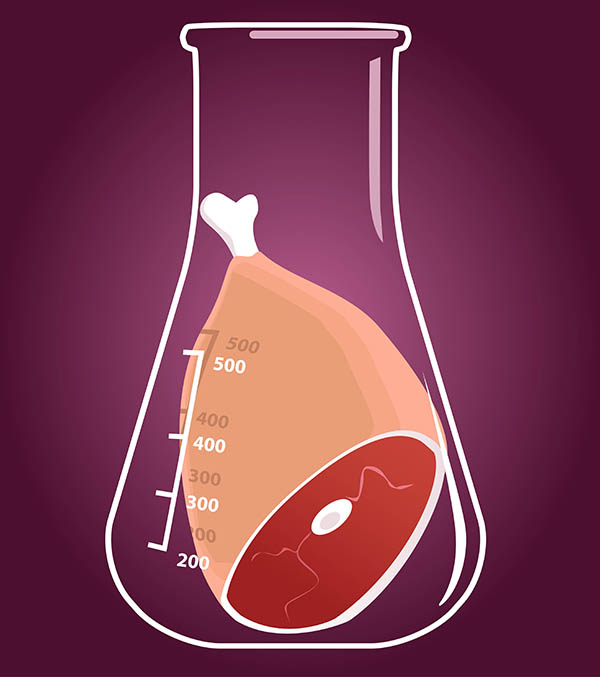

The coronavirus crisis caused many farmers to resort to dumping milk to cope with a surplus. Solving the problem is crucial, but not straightforward, especially in light of a possible resurgence of the virus.

The coronavirus crisis caused many farmers to resort to dumping milk to cope with a surplus. Solving the problem is crucial, but not straightforward, especially in light of a possible resurgence of the virus.

COVID-19 has led to mandatory business shutdowns that have already caused a severely limited supply problem.

Digital inspections provide supermarkets and restaurants with cooling and cooking log automation as well as a platform for behavioral-based inspections.

Seafood is a globally traded commodity that is subject to intense supply/demand and price pressures. It is one of the most fragmented food supply chains, and transparency into its actors and the movement of products has been notoriously elusive and difficult to manage.

Moving a traditional company with manual processes into the digital world takes collaboration.

If not implemented correctly, your food safety management system will not prevent contamination. Using the following techniques will help enhance your system.

In the third installment of this series, we review lessons 14–19 that we learned following more than 30 food defense vulnerability and risk assessments conducted in accordance with FSMA’s IA rule.

Meat-alternatives are bringing new food safety concerns to the already complex supply chain.

When beginning the journey from paper-based systems to digital, one of the biggest mistakes is not bringing in the right people at the right time.

For technology to best deliver on their potential, standardized and quality-assured data is critical.